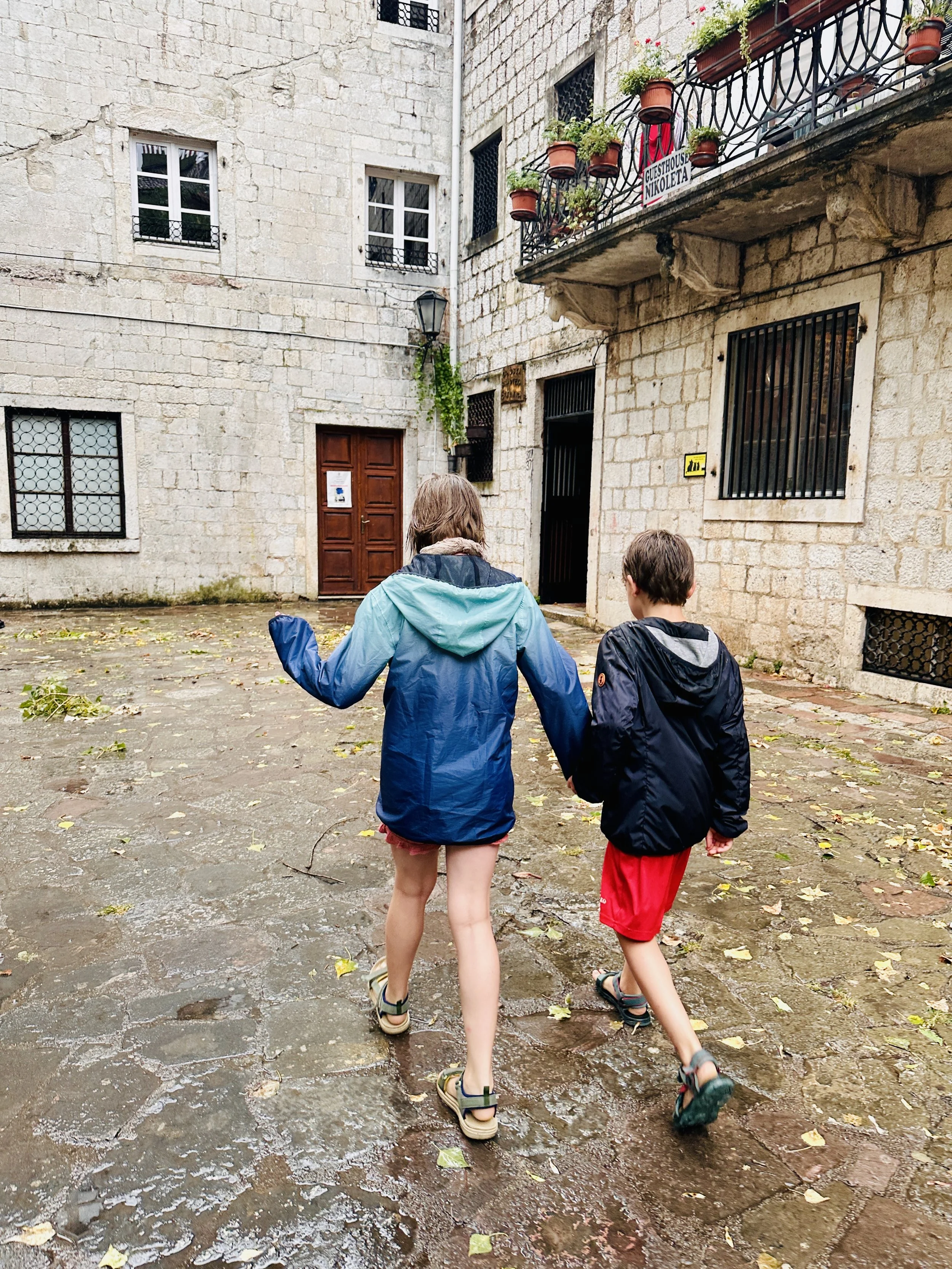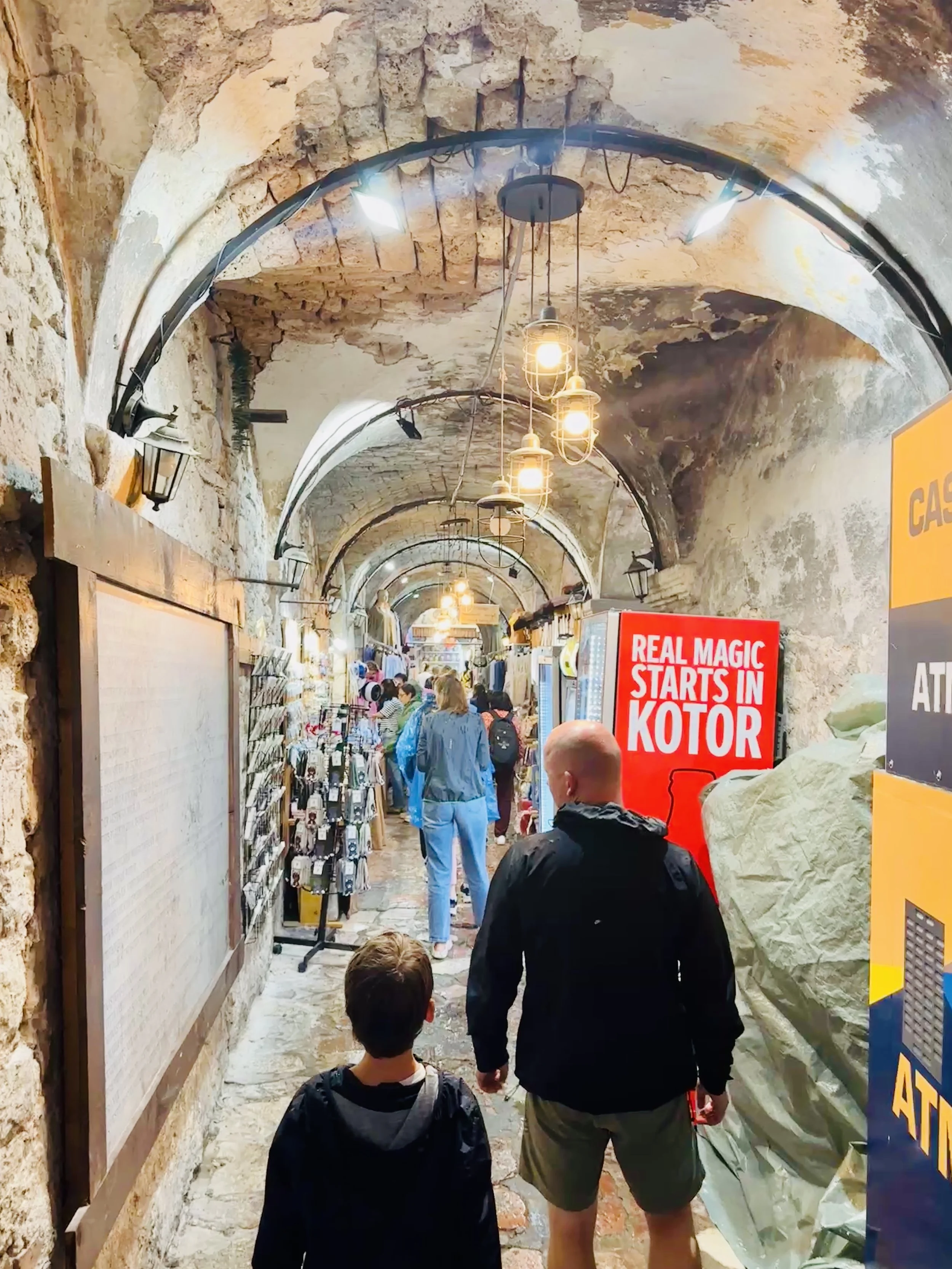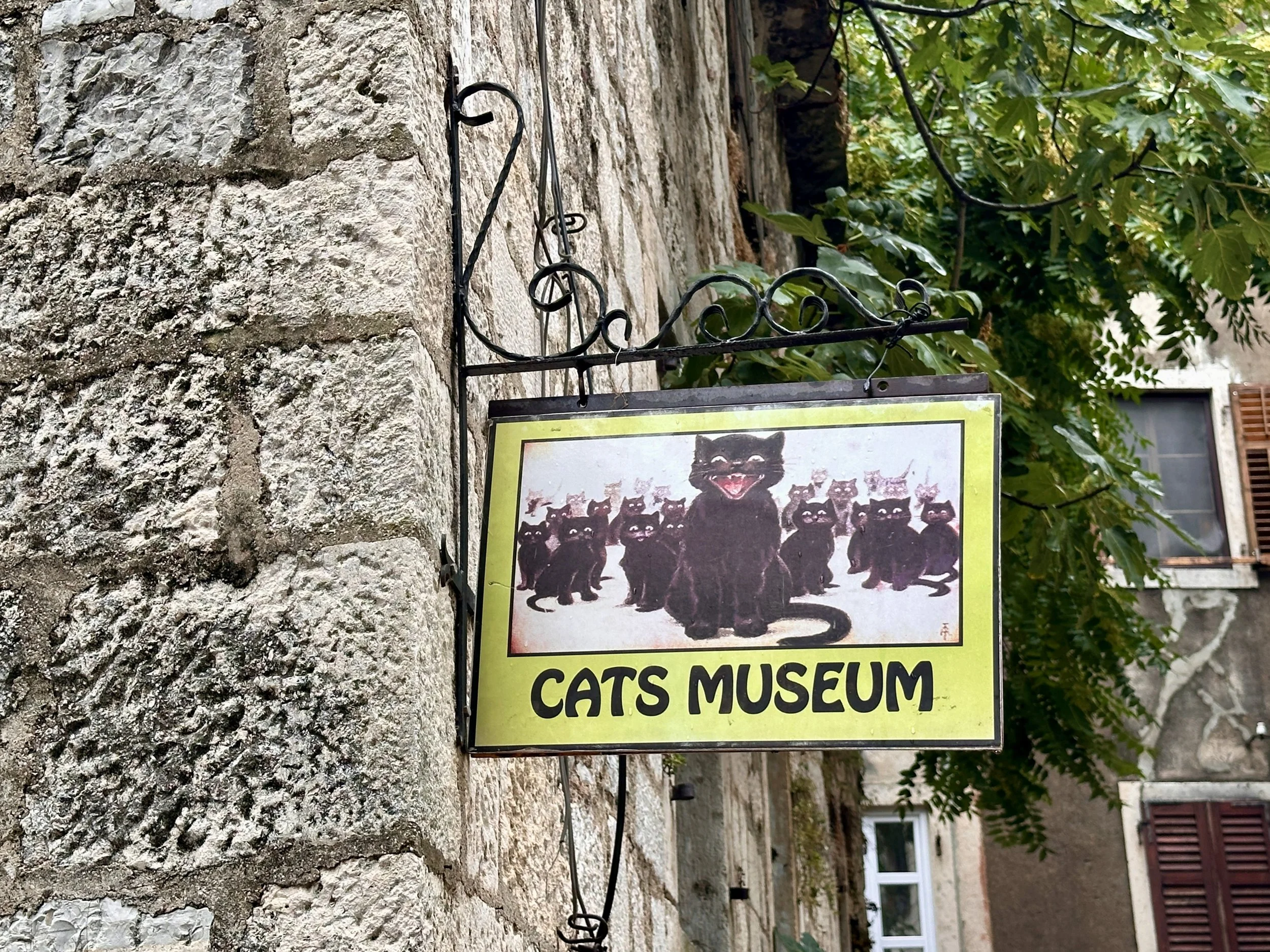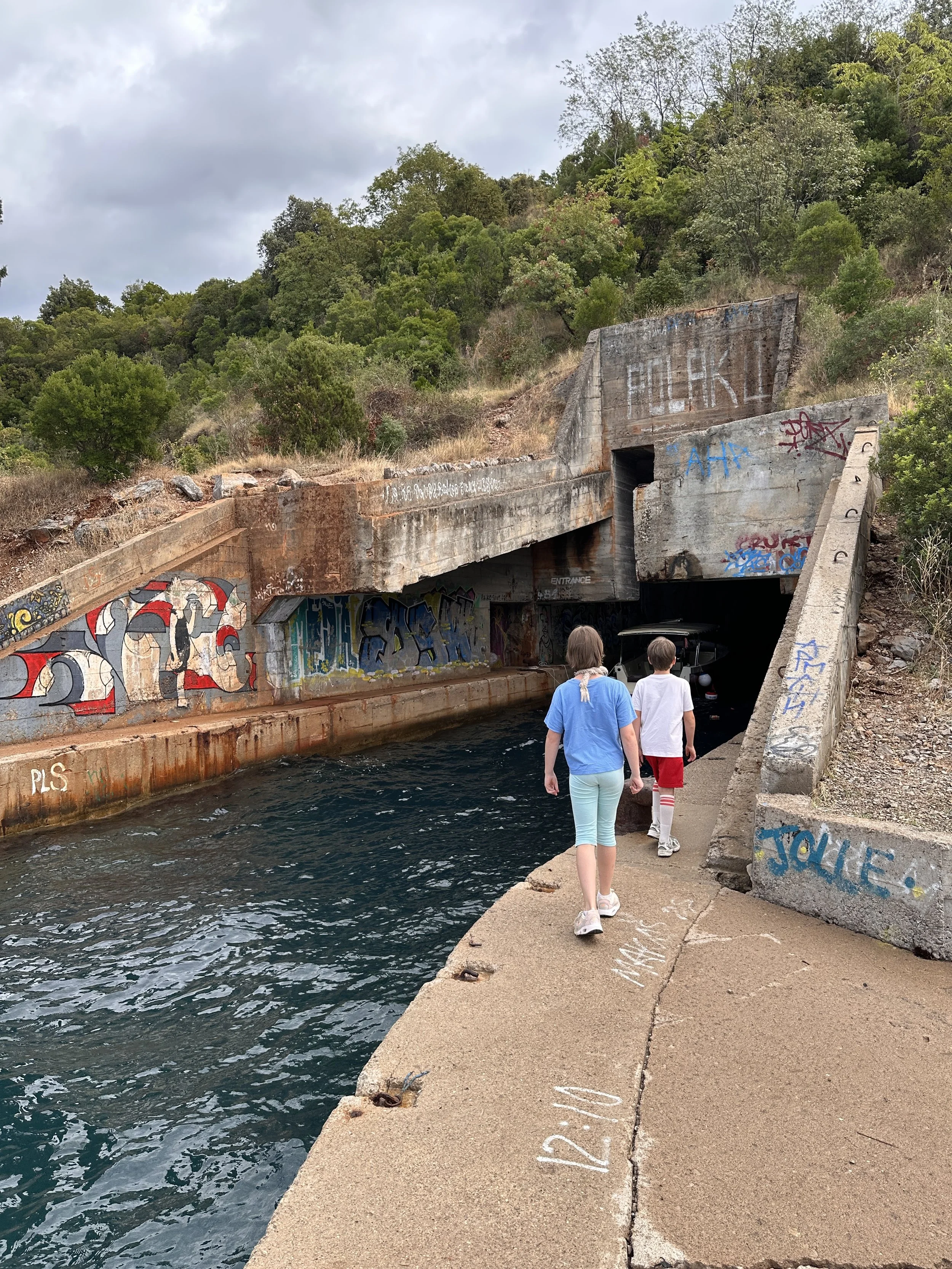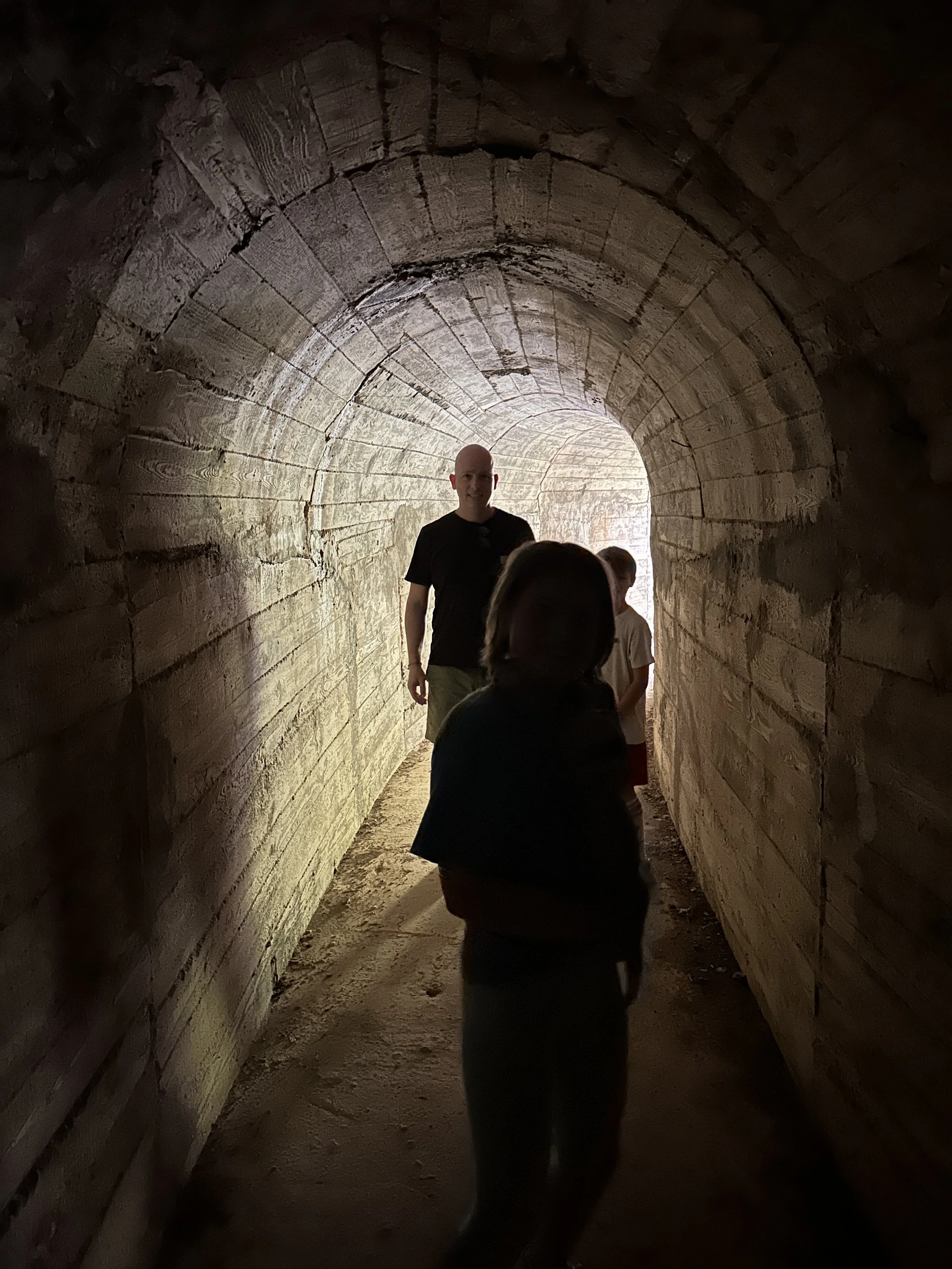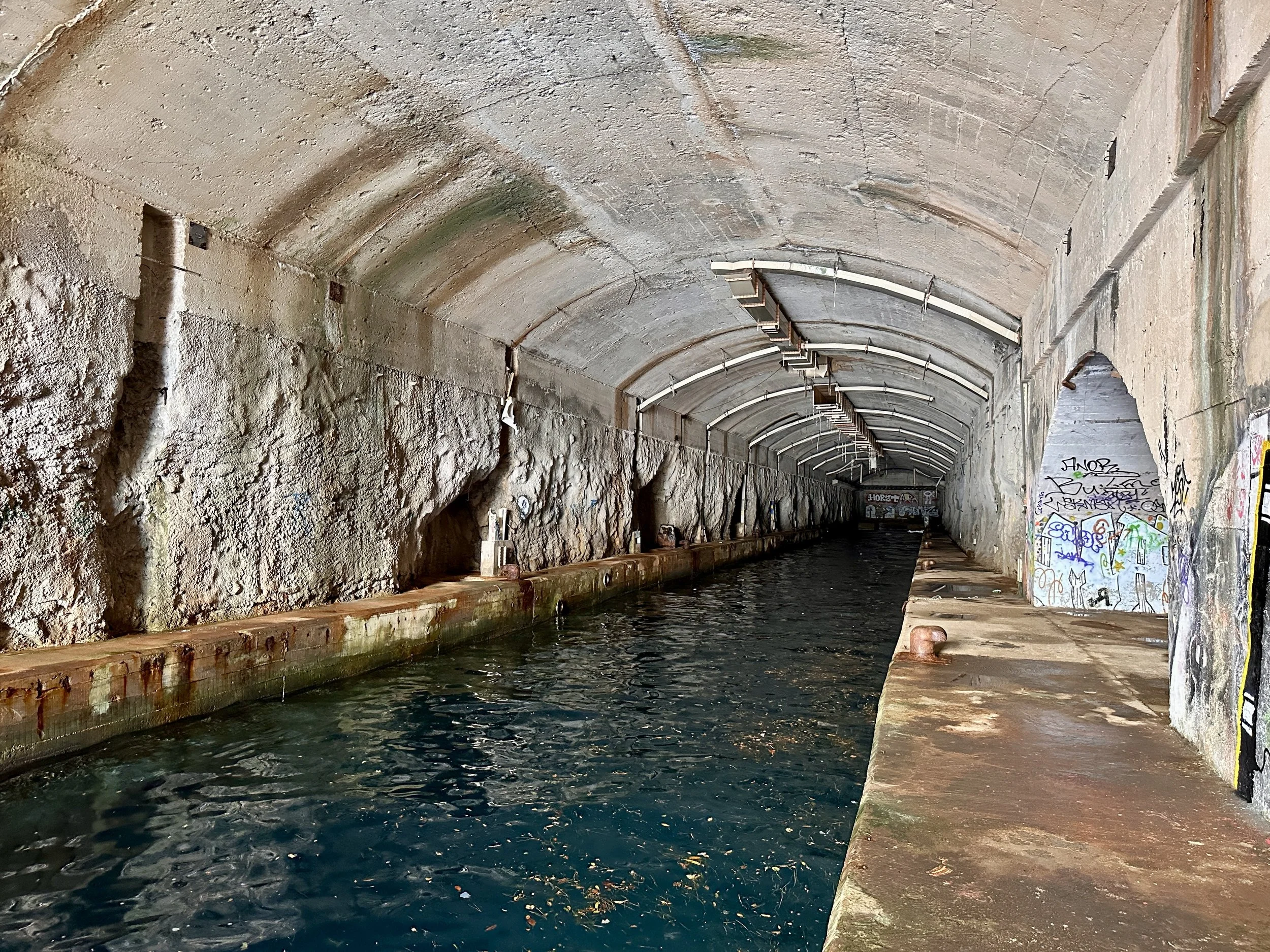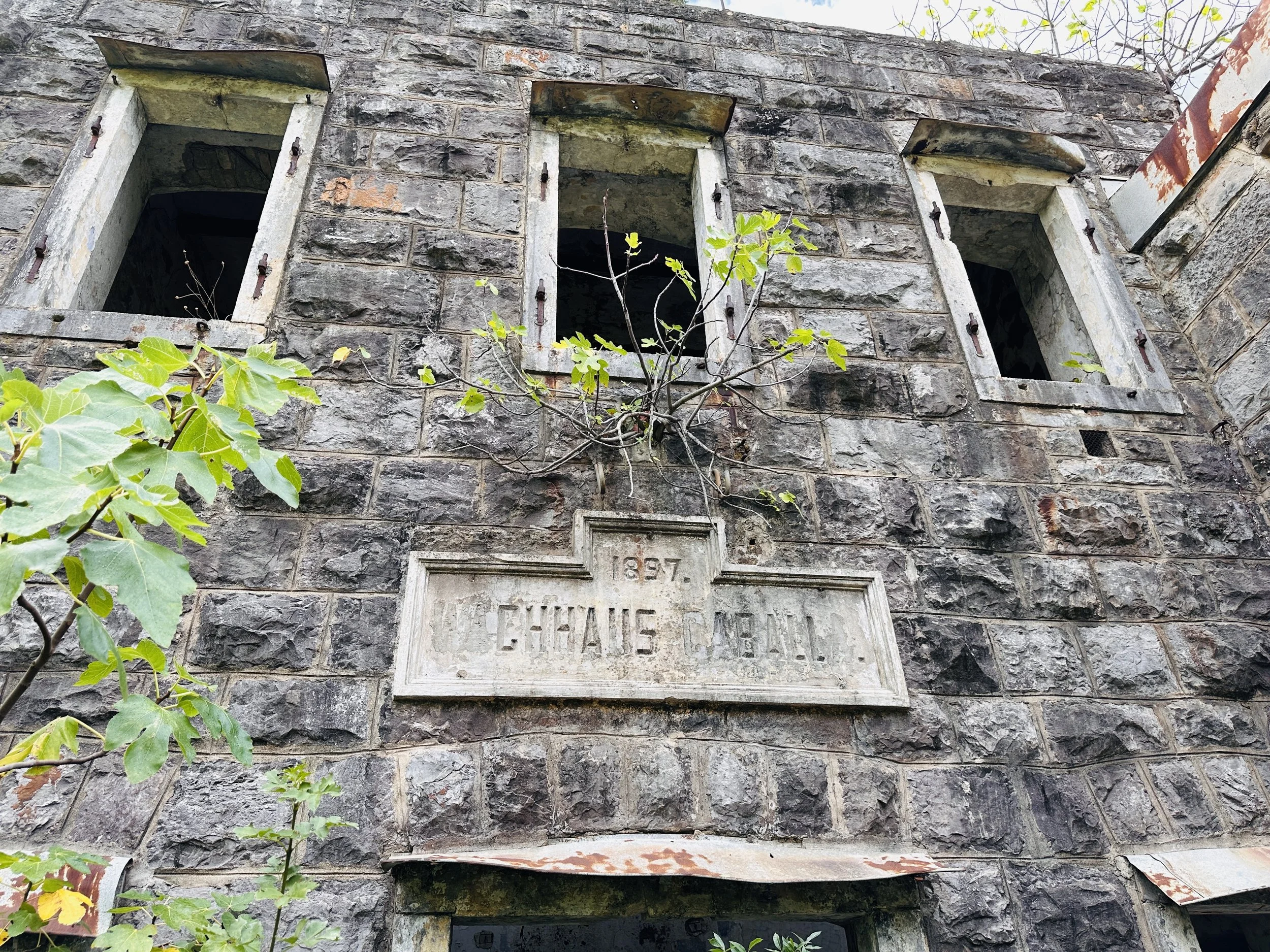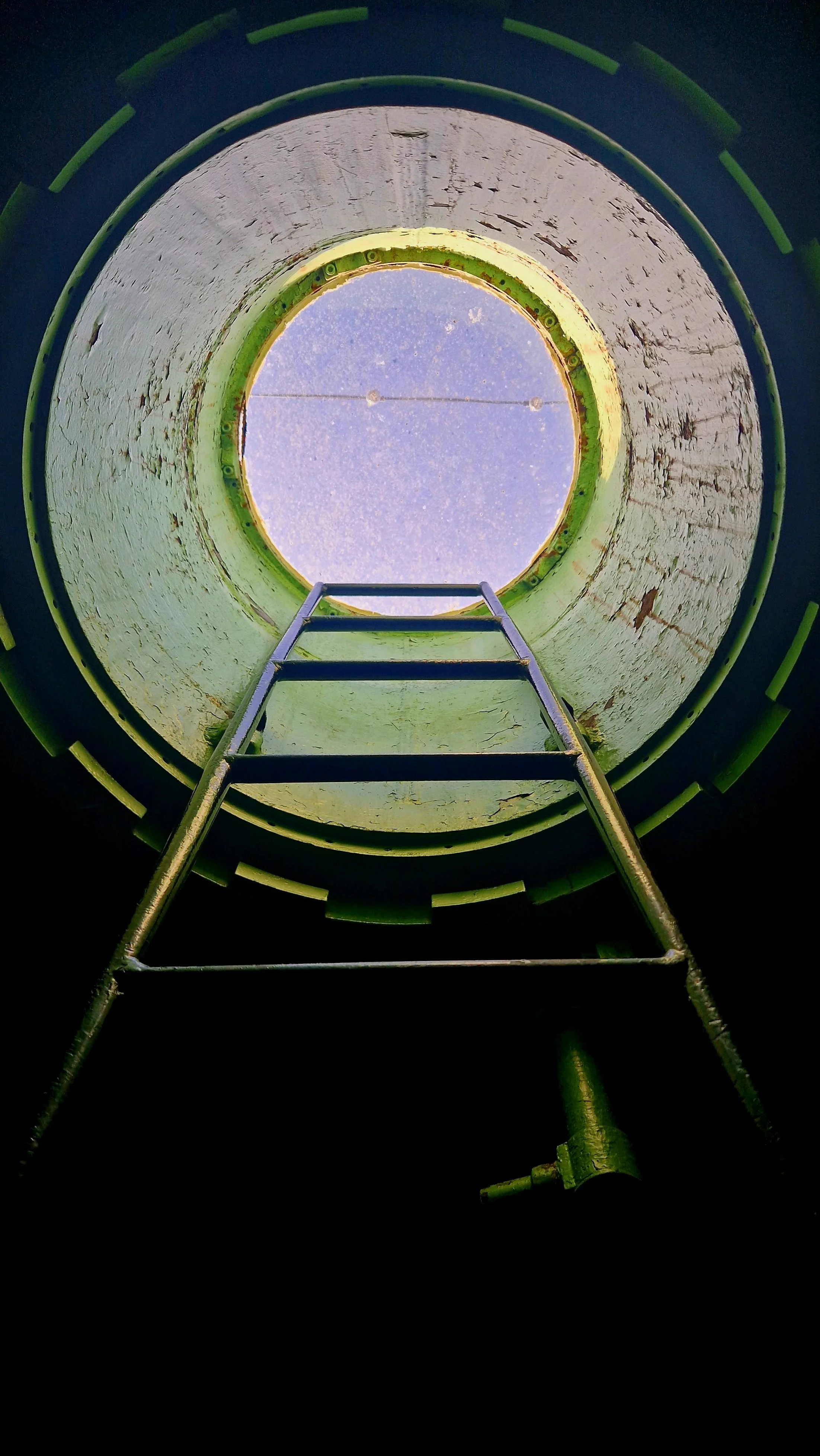
Tivat & Kotor, Montenegro
We arrived in Kotor on the 27th of August and already the drive to get there promised we’d arrived at something great. Stunning views from a thrilling serpentine road offered amazing views onto the Bay of Kotor, which is a winding bay of the Adriatic Sea in southwestern Montenegro. Despite the appearance of a fjord, it actually is a submerged river canyon formed by tectonic and glacial activity. It stretches 28 km inland and is surrounded by steep mountains with over 1.000 meters in height. The region is famous for its medieval towns, such as Kotor and Tivat, fortifications, orthodox and catholic churches and is also positioned on the UNESCO World Heritage Site. It also is the most southern point of the historical region of Dalmatia.
In ancient times it was under Roman rule until Rome’s fall when it became part of the Byzantine Empire. Kotor became an important maritime trading hub, known for its shipbuilding and commerce. From the 15th to the late 18th century, it was part of the Venetian Republic which left a strong mark on the area with many fortifications and catholic churches. Kotor always played an important role for the country Montenegro and is considered the cultural capital. Even when Montenegro, the “Black Mountain”, fell under Austria-Hungary Rule, the Bay of Kotor was used as an important naval base. The Ottomans tried for centuries to subdue Montenegro, but never fully succeeded. Due to the mountainous terrain and fierce, clan-based resistance, the Montenegrins maintained a degree of independence unique in the Balkans. From the 16th to 19th century, Montenegro was ruled by prince-bishops, the so-called Vladikas and it gained international recognition as an independent state at the Congress of Berlin in 1878. The resistance continued also during World War II, and despite being controlled by Italian and German forces, it remained an area of strong partisan opposition. After the war, it became part of socialist Yugoslavia and in 2006, Montenegro voted for independence from Serbia, thus becoming and independent country.
We found a really lovely apartment with very welcoming hosts in a small town called Krašići, positioned on the Luštica peninsula, on the southern shore of the Bay of Tivat. And the first impression was a great one, as the apartment is a 1 minute footwalk away from the water, and also had a great standard, compared to the many places we had seen before. And while it consumed a sizable fraction of our daily budget, it was definitely worth its money. Our host Snjeyana was super friendly and made sure we had everything we needed. As I am writing this, we had already spent 5 nights in Krašići, and we are fairly certain that we’ll be back as the entire area is a fantastic holiday spot. In case you are looking for an apartment in the region, I cannot recommend the place enough: https://share.google/T9d3dG41h5k7JjQwE.
We decided that the next few days would be spent at or in the water. After the disappointing stop on the Albanian seaside, Kotor immediately felt like a proper holiday and after buying a few essentials in a local supermarket, we jumped into the warm, salty water of the bay.
That theme continued over the next two days. Waking up, having a coffee, going for a swim. It felt so good that we decided to extend our stay. Initially, we had booked 5 nights in the apartment, but after two days, we were already convinced that we would enjoy this setting a bit longer, and since the apartment was available for 2 more days, we decided to extend our stay to 7 nights.
On August 30th, the weather forecast suggested a drop in temperatures and some rain, so we used the opportunity and went to see Kotor. “Some rain” turned out to be a massive storm, but nonetheless we spent half a day wandering through the beautiful old town of Kotor. Kotor is also called “the city of cats” and since our kids are absolute cat lovers we had to go to the Kotor Cat Museum. There actually is a historical reason for Kotor’s cat theme: Since Kotor was a major port from early Byzantine times onwards, sailors and merchants brought cats on their ships to control rats and mice. Many of these cats stayed behind and reproduced, leading to a large local cat population which was also helpful in the walled city as they continued to protect local food stores from rodents. Since the weather cleared up a little, we continued our walk through Kotor, went back to the harbour area and looked at some of the mighty yachts that were sitting on the docks. Quite impressive… In the afternoon, we went back to our place, and since the weather didn’t quite invite us for a swim, we chilled at our place, cooked some dinner and played some games.
On our next day, we went to Tivat, the second bigger place in the area. It has roughly 1/3rd of the population of Kotor and also a fairly significant port. Even more significant is Tivat’s airport, which, with over 1.1 million passengers, is in terms of passenger handling the biggest airport in the country. Situated in the Tivatsko valley, surrounded by mountainous terrain, it is considered the “Kai Tak” of Europe. The approach requires a descent into the valley and a 20° turn for runway alignment just before landing. It’s also a very popular airport for plane spotters, given the unobstructed views onto the runway and the dramatic mountain backdrop. Also the take off is interesting to observe, as the aircraft made a sharp left turn at low altitude, which we observed a lot while swimming in the bay. Tivat is a nice little town and the harbour area in particular comes across quite exclusively. The selection of shops was certainly out of our budget… We enjoyed our walks along the promenade and again did some yacht watching. After a stop at a local bakery, we went on a 40 minute drive to see an old submarine bunker from socialist Yugoslavian times. The submarine base can be explored by foot and luckily we read the recommendation to bring a flashlight, as the tunnels and connected rooms are actually quite scary if you don’t bring any lights with you. Afterwards, we went back home, went for a swim and in the evening we treated ourselves with dinner at a local Konoba (https://share.google/HqFy5vMGhjh7kEUTr), which was a welcomed change as we had cooked for ourselves since we arrived in Kotor.
When we visited Tivat, we saw an old submarine from Yugoslav times which was open to visit. Well, technically, as it was closed on the day we were in Tivat, so we decided to drive there again and check it out. And it was certainly worth a visit. The submarine was built in 1968 and carried 26 crew and 8 torpedos. 144 batteries would ensure operation for 3 days, until 2 massive 600bhp Mercedes Benz diesel engines would kick in and re-charge the batteries in 6 to 8 hours. The submarine was in operation until 1999 and when the entire Tivat Harbour was bought by a Canadian investor, he also bought the submarine and converted it into a museum. Whilst visiting the submarine, our lovely host Snjeyana texted us, asking if we wanted to add another night to our stay, free of charge, as the apartment wasn’t rented out anyways. What a super nice offer! We had booked our next stops already, Mostar in Bosnia & Herzegovina, and Vir, a Croatian Island, but after a quick consultation it was possible to move both these bookings by one day.
Now, as I am writing this, it is September 3rd, day 50 of our travels and our last full day in Krašići. One thing is absolutely certain: We will miss this place! I think it is safe to say that this has been one of our favourite stops so far, and while all other stops were fantastic in their own way, Montenegro and the bay of Kotor have left a mark on us. Many thanks to our hosts who really ensured we had such a memorable stay!
Tomorrow, we will continue our journey to Mostar in Bosnia & Herzegovina!








